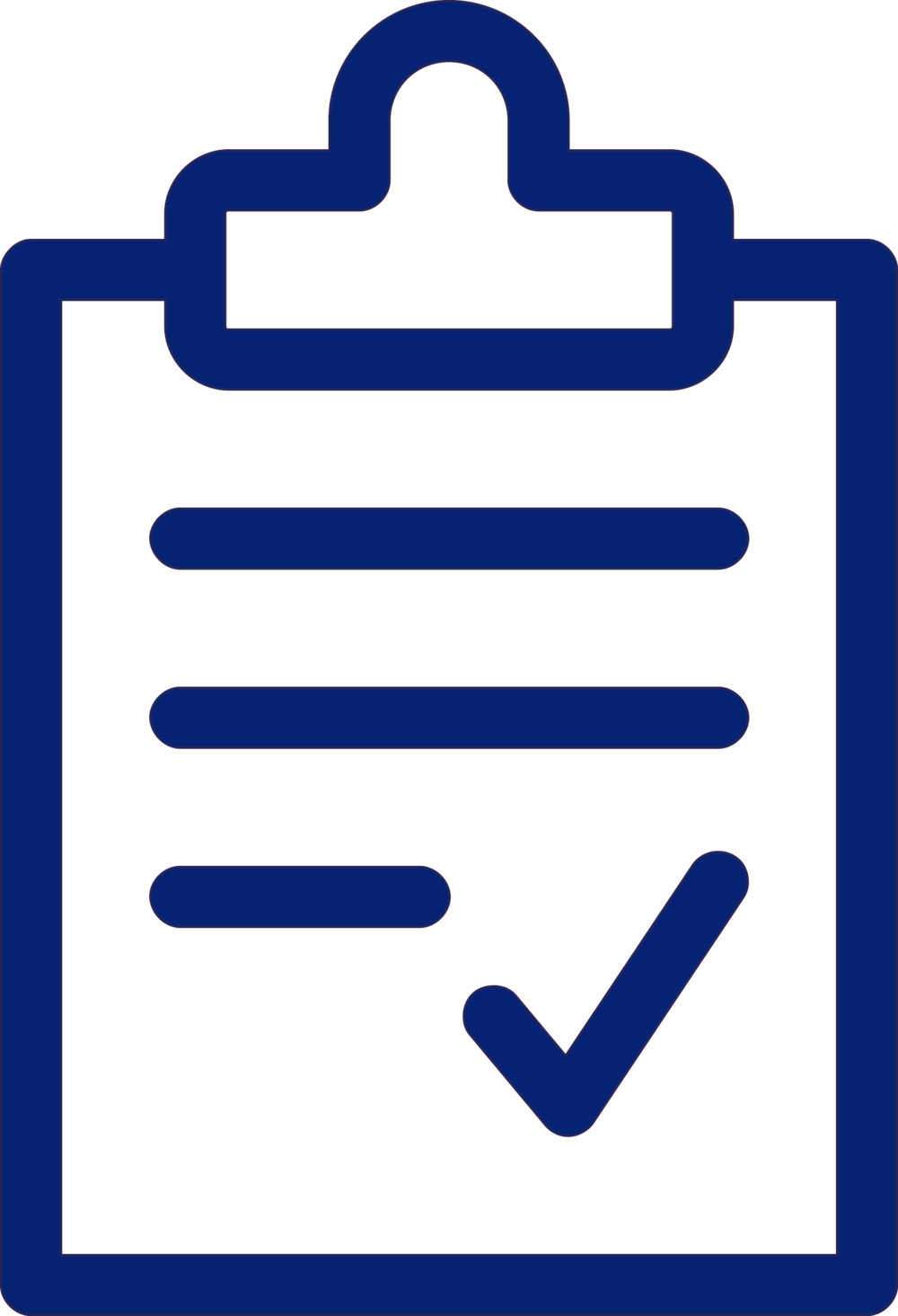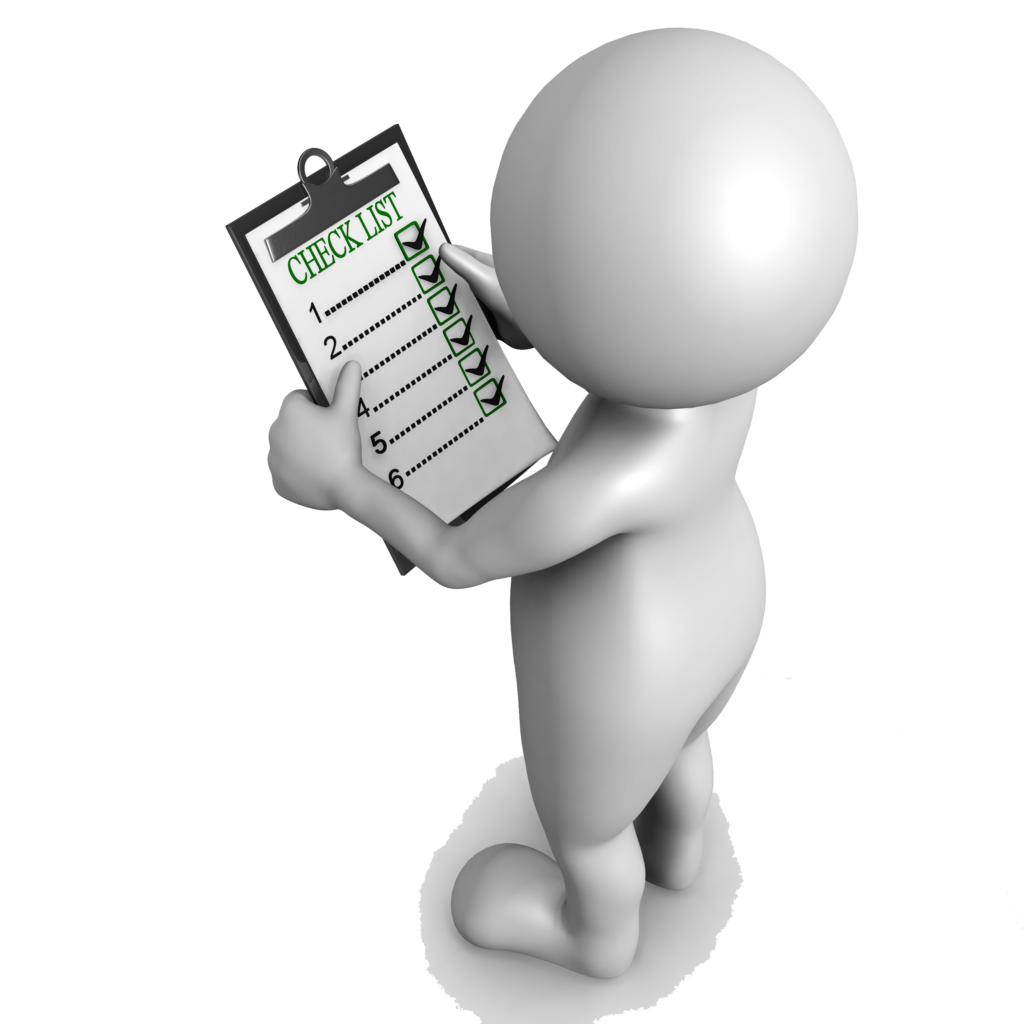Event Accessibility Checklist

*For a Downloadable version of this page, please click HERE
-
Pre-Event
Ask about accommodations. For example, in the event registration, Ask:
"If you have a disability and may need some accommodation in order to fully participate, please contact _______."And/or add a checklist: I will need the following accommodations in order to participate:
___ Assistive listening device___ Captioning___ Reserved front row seat___ Large print___ Advance copy of slides to be projected___ Wheelchair access___ Wheelchair access to working tables throughout room___ Lactation room___ Gender neutral bathroom___ Diet Restrictions. List: _____________________ Other: _____________________________Make sure the venue is accessible, preferably before committing to it.
Ensure that there is:- Parking
___ Nearby ADA designated parking.
- Route
___ Route from ADA parking to entrance is flat and paved.
- Entrance
___ A ramp is available where exterior steps lead to entrance.
___ Clear signage to an accessible entrance (if the main entrance is inaccessible) is present.
___ The door has a lever style handle (not a knob) and is relatively light, if the door is not
automatic or held open.
Event location:
___ The furniture is movable, or in fixed seating areas, accessible seating options are available
participants with mobility disabilities.
___ Interior walkways are wide (at least 36”).
___ There is plenty of space to maneuver around tables.
___ The lighting is good.
___ The acoustics are good, and in rooms where audio will be amplified (microphones), assistive
listening devices are available for participants who are hard of hearing.
___ Reserved seating near front for participants who are deaf or hard of hearing is available.
___ Stage and projector screen is easily visible (if in use).
___ Restrooms with accessible stalls are located near event location(s).
___ Electric power cords crossing walkways and aisles are covered.
___ Consider access and space for service animals--space to rest and accessible toileting and watering
facilities nearby.Marketing, Promotional Material, and Email Announcements should be accessible:
___ Clear signage (including Braille if possible) for all locations: registration, meeting rooms, accessible
restrooms and elevators, etc.
___ Accessible table layouts. Tables are still the only reliable layout method for email, but they can be
made accessible by adding role ="presentation" to the element and ensuring that content makes
sense when read linearly.
___ Alternative text for images. Alternative text should be short but descriptive and should highlight
the relevance of the image to your message. You can put alternative text (a) in the body of the
email, (b) in an image caption, or (c) as ALT text on the image itself.
___ Color contrast. For people with low vision or who are color blind, effective color contrast can
ensure they receive your email message. Use a color contrast tool like WebAIM Color Checker to
test the contrast between text and background colors
https://webaim.org/resources/contrastchecker/
___ Video captions. Ensure all videos are captioned.
___ Legible text. Avoid font sizes smaller than 14 pixels, allow for enough line height and paragraph
space, and left-align text to improve legibility.Event websites should be accessible.
Make sure the event website meets WCAG 2.1 level and ADA compliance.
- Parking
-
Event
Assign an accessibility coordinator
- Assign an accessibility coordinator to be responsible for accommodations and to:
Communicate with the DRC with any accommodation requests or to seek technical assistance- Email DRC@unco.edu or Call 970-351-2289 for assistance.
- Help provide accessible digital copies of all presentation materials in advance so that they can be downloaded by or forwarded to individuals who may not be able to view screens or charts.
- Work with interpreters, translators, and CART transcribers.
Help with seating
- Ensure captioning and other technology is working.
Maintain clear pathways
Programming
- Inform presenters about accessibility requirements.
- Let them know up front that all materials should be accessible.
- Provide presentators with assistance.
Assist presenters by providing a list of tips for making their presentation accessible. Items on this list can include:
___ Provide digital copies of meeting materials in advance so that they can be forwarded to
individuals who may not be able to view screens or charts.
___ Provide printed copies of materials in a large font.
___ Captions all videos used in presentations.
___ Verbally describe visual materials (e.g., slides, charts, images and graphics) and read all slide
text aloud.
___ Limit movement while presenting to make it easier for someone reading lips.
___ Always use a microphone.
___ Encourage hourly breaks.
___ Organize breakout group activities to maximize distance between groups (e.g. each group
going to a corner of the room or side rooms).Make PowerPoint and other slide presentations accessible
___ Use a sans serif font (e.g., Roboto).
___ Use a large font size -- at least 22 point.
___ Make sure slides have good contrast.
___ Text on a slide should have nothing behind it (no watermarks or images).
___ Provide “alternative text” descriptions for all images, pictures, graphics, tables, etc.
___ Keep slide text clear and concise with short sentences and bulleted phrases (about 4 lines of
text and 40 words per slide).
___ Don’t add text boxes, use the slide layouts provided in PowerPoint.
___ Photographs, images, clip art, graphics, maps, and charts cannot be read by screen readers;
embed alt text descriptions with images and other graphic elements.
___ Don’t use color to convey meaning.
___ Make sure videos are captioned.Q&A
___ Repeat questions posted by the audience.
___ Ask presenters and audience members to use a microphone.Inclusive activities
Consider the varying abilities of your audience when selecting activities for your presentation. For example, activities such as shuffle the cards, read the card, and pull the paper from under your chair may not be possible for some attendees.
-
Event Follow-up


